X
Ethylene Di chloride Price And Quantity
- 220 Barrel
- 33.0 INR
Ethylene Di chloride Product Specifications
- [ ]
Ethylene Di chloride Trade Information
- [ ' C a s h i n A d v a n c e ( C I D ) ' ]
- [ ]
- [ ]
Product Description
Ethylene dichloride, also known as 1,2-dichloroethane, is a colorless, oily, heavy liquid with a chloroform-like odor and a sweet taste:
- Chemical formula: C2H4Cl2
- Molecular weight: 98.96 g/mol
- Density: 10.4 lb/gal
- Flash point: 56F
- Vapor pressure: 64 mm Hg at 20C
Ethylene dichloride is highly flammable and has several hazards, including:
- Inhalation: Can cause nausea, drunkenness, and depression
- Eye contact: Can cause corneal injury
- Skin contact: Can cause a burn
- Mixing with liquid ammonia: Can cause an explosion
- Combustion products: Can generate toxic and irritating gases like hydrogen chloride and phosgene
Ethylene dichloride is used in many applications, including:
- Vinyl chloride production: A major use of ethylene dichloride is in the production of vinyl chloride, which is used to make plastics and vinyl products
- Solvent: Ethylene dichloride is used as a solvent
- Leaded gasoline: Ethylene dichloride is added to leaded gasoline to remove lead
Ethylene dichloride was first produced in 1794 by the Society of Dutch Chemists. It was originally called "Dutch oil".
Enter Buying Requirement Details
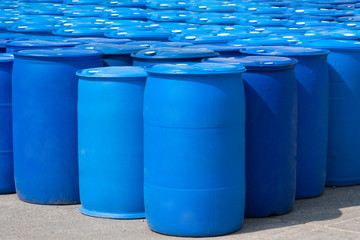
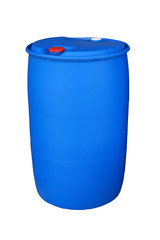
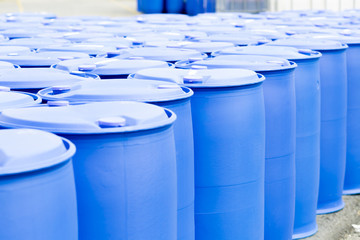
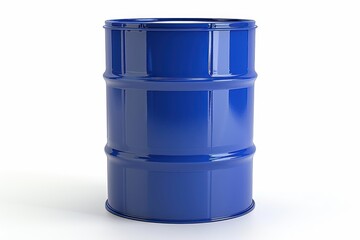
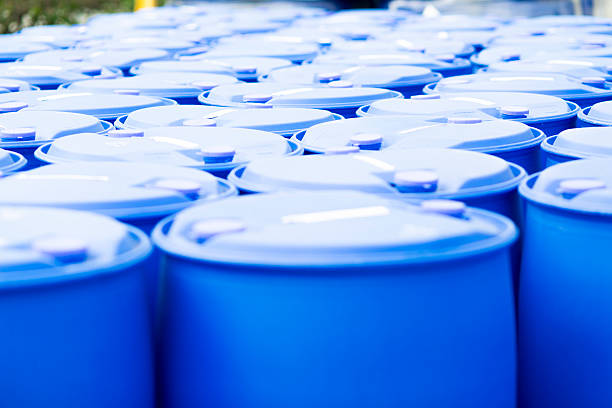




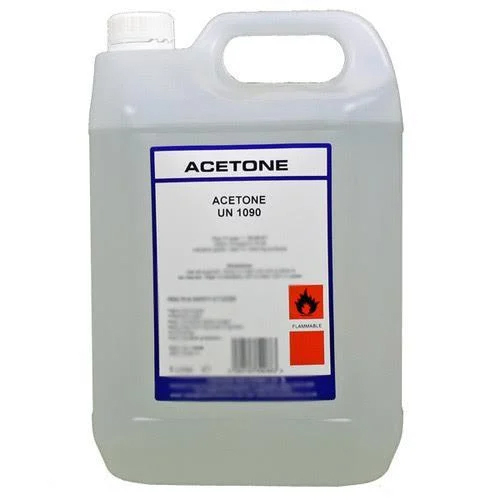
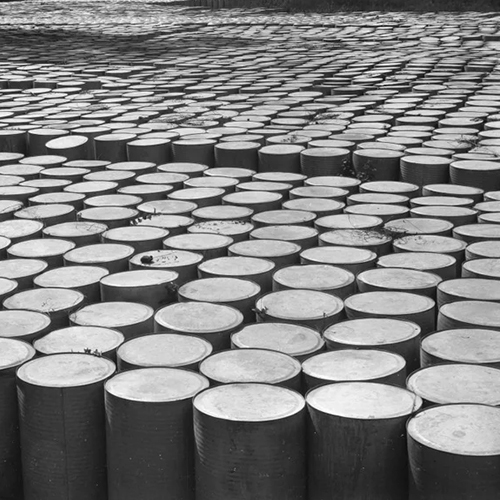
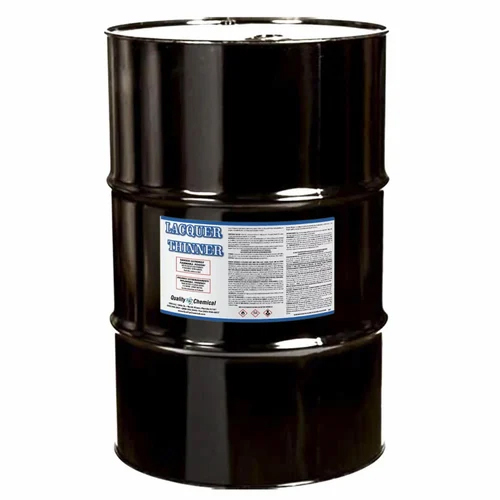
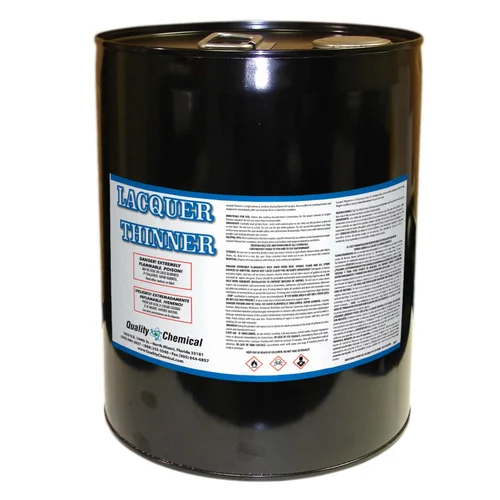


 Send Inquiry
Send Inquiry Send SMS
Send SMS